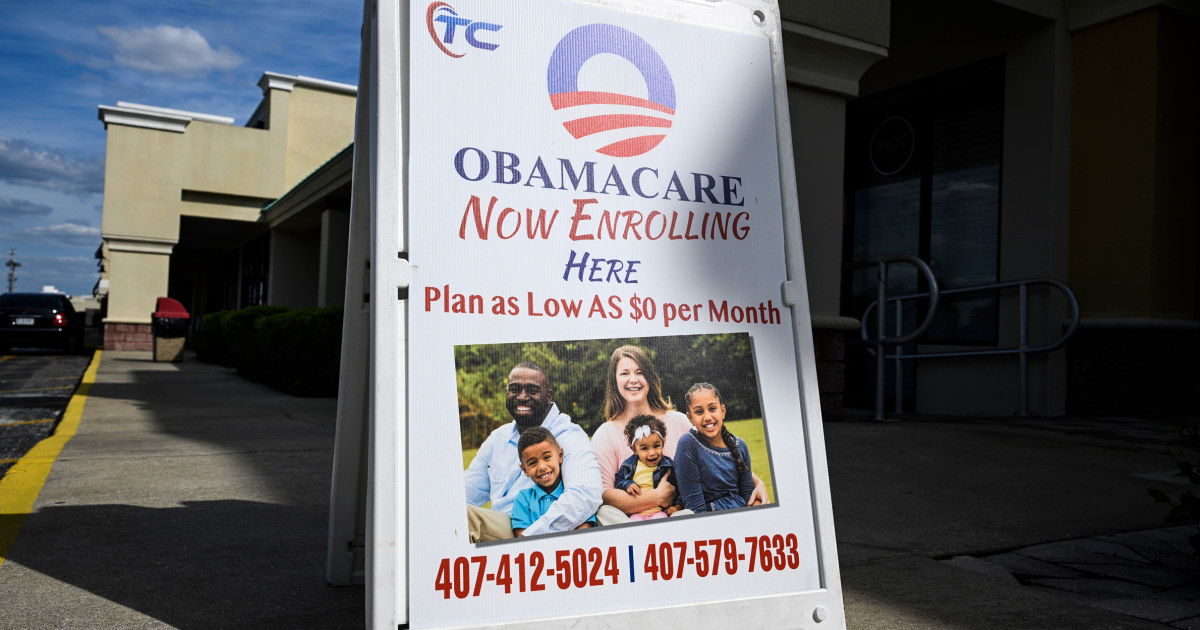Obamacare health insurance premiums are projected to surge by 75% in 2026, marking the steepest increase since the ACA’s implementation. This dramatic hike follows the expiration of pandemic-era subsidies that previously kept costs manageable for millions of Americans.
The premium spike threatens to reverse years of progress in healthcare accessibility, with insurers in states like Michigan already requesting increases as high as 18.2%. Many families now face impossible choices between health coverage and other essential expenses.
Regional disparities are widening, with Colorado and other states anticipating 38% premium jumps. As open enrollment approaches, time is running out for legislative solutions to avert this affordability crisis.
- ACA health insurance premiums are projected to rise by an average of 75% in 2026, driven by the expiration of pandemic-era subsidies and medical cost inflation.
- State variations are significant, with Michigan leading proposed hikes (18.2%) and over a dozen states facing double-digit increases for 2026 plans.
- Affordable alternatives carry major risks – short-term plans save 60% on premiums but can deny coverage for pre-existing conditions.
- The affordability gap between employer and ACA plans is narrowing, with family coverage remaining 34% more expensive through the marketplace.
Obamacare Health Insurance Premiums to Jump 75% in 2026: Can You Still Afford ACA Coverage?
Why Are Obamacare Premiums Skyrocketing in 2026?

The Affordable Care Act (ACA) marketplace is bracing for unprecedented premium increases, with insurers proposing average hikes of 15-18% for 2026 plans. This dramatic spike marks the most significant single-year increase since the ACA’s implementation in 2010. Several interconnected factors are driving this rate shock:
- The expiration of pandemic-era subsidies that previously kept costs artificially low
- Medical cost inflation running at 6-8% annually
- Reinstatement of health insurer taxes that were temporarily suspended
For many middle-class families not qualifying for subsidies, this could translate to premium increases of $200-$500 per month. The timing couldn’t be worse – these changes coincide with broader economic inflation affecting household budgets nationwide.

State-by-State Breakdown: Where Are Premiums Rising Most?
Early rate filings reveal dramatic regional disparities in proposed premium increases:
| State | Proposed Increase | Leading Insurer |
|---|---|---|
| Michigan | 18.2% | Blue Cross Blue Shield |
| Vermont | 17.5% | MVP Health Care |
| District of Columbia | 14.9% | CareFirst |
Several factors contribute to these regional variations:
- Local healthcare provider costs
- State-level regulations
- Historical claims experience
- Competition among insurers
States with fewer insurance carriers tend to experience higher increases, as reduced competition gives remaining insurers more pricing power. Meanwhile, states that expanded Medicaid under the ACA generally see more stable individual market premiums.
Why Michigan Leads in Rate Hikes


Michigan’s unusually high rate requests stem from several unique factors. The state’s dominant insurer, Blue Cross Blue Shield of Michigan, cites unexpectedly high utilization of healthcare services among ACA enrollees. Chronic conditions like diabetes and heart disease appear more prevalent in Michigan’s individual market than insurers initially projected.



Can You Still Afford Obamacare? Exploring Alternatives
With premiums potentially becoming unaffordable for many, consumers are exploring alternatives:
- Short-term health plans: Typically 60% cheaper but can deny coverage for pre-existing conditions
- Health sharing ministries: Faith-based cost-sharing arrangements exempt from ACA rules
- Direct primary care: Monthly membership models for basic care, paired with catastrophic coverage


The trade-offs between these options and ACA coverage are significant:
| Coverage Type | Advantages | Risks |
|---|---|---|
| ACA Plans | Comprehensive coverage, no denials | Potentially unaffordable premiums |
| Short-term Plans | Lower cost, flexible terms | Coverage gaps, renewal uncertainty |



The Political Battle Over ACA Subsidies
The looming premium crisis has reignited debates in Washington about the future of ACA subsidies. Key developments include:
- The American Rescue Plan’s enhanced subsidies expired at the end of 2025
- Multiple bills proposing permanent subsidy expansions remain stalled in Congress
- State-level initiatives to create their own subsidy programs
The timeline adds urgency to these discussions:
- August 15: Final rate submissions due from insurers
- September 27: State approval deadlines
- October 15: Marketplace plan previews begin
Potential Legislative Solutions
Several approaches are under consideration:
- Making the American Rescue Plan subsidies permanent
- Capping premium costs as a percentage of income for all Americans
- Expanding Medicaid in non-expansion states
- Creating a public option to increase competition



Historical Context: How 2026 Compares to Previous ACA Premium Trends
To understand the 2026 premium shock, it’s helpful to examine historical patterns:
| Year | Average Premium Increase | Key Factors |
|---|---|---|
| 2018 | 34% | Trump administration changes |
| 2021 | 1.1% | Pandemic utilization drop |
| 2026 (projected) | 15-18% | Subsidy expiration, medical inflation |


Three distinct eras emerge:
- Initial Implementation (2014-2016): Insurers underestimated costs, leading to significant losses
- Stabilization Period (2017-2020): Markets matured but faced political uncertainty
- Pandemic Era (2021-2025): Enhanced subsidies and lower utilization kept premiums stable



What Happens If You Can’t Afford Coverage?
For Americans facing unaffordable premiums, the consequences can be severe:
- Financial risk: Medical bankruptcy rates triple among the uninsured
- Health impacts: Delayed care leads to worse outcomes for chronic conditions
- System effects: Hospitals face higher uncompensated care costs


Options exist even for those who can’t afford ACA plans:
- Catastrophic plans: Available to those under 30 or with hardship exemptions
- Medicaid: Expanded in 40 states for low-income individuals
- Community health centers: Provide sliding-scale care regardless of insurance



Comments